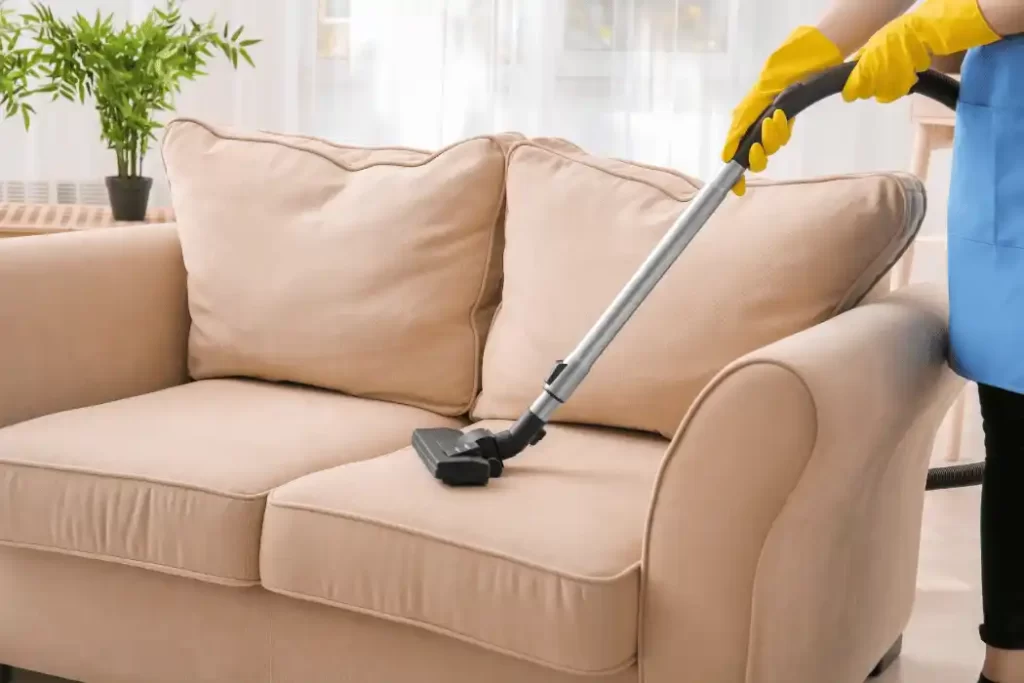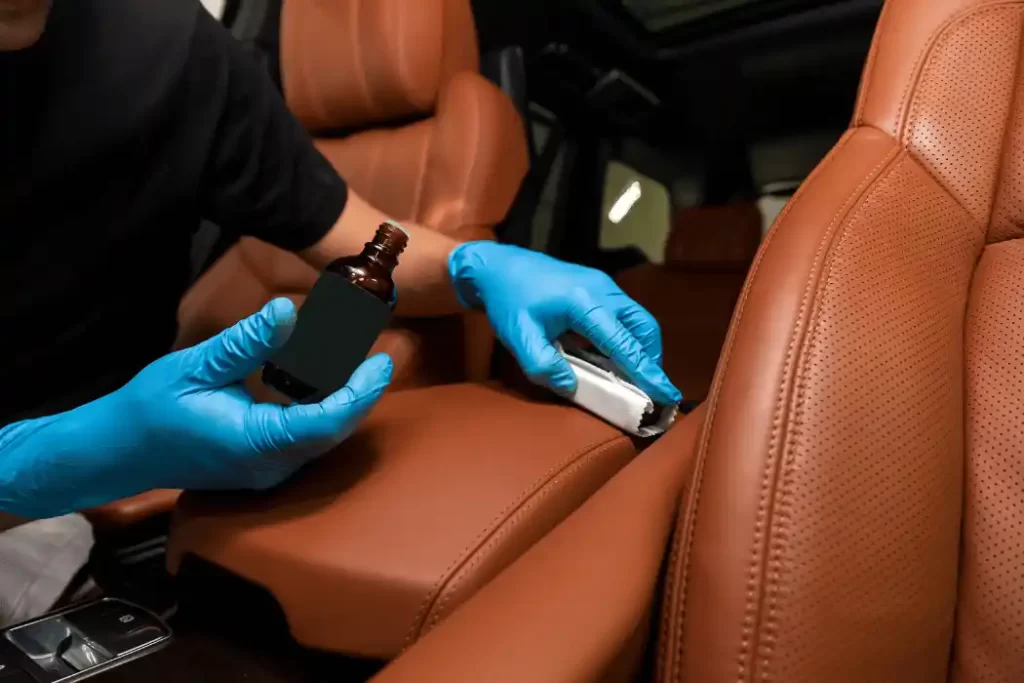Upholstery is the process of covering furniture with a fabric or leather material to create a more comfortable and stylish seating arrangement. This is done by adding padding, springs, and webbing to a furniture frame, followed by attaching a fabric or leather covering to the frame using a variety of techniques. Upholstery can transform your old, worn-out furniture into something new and beautiful. This article will delve into the art of upholstery and how it can be used to transform your furniture.
History of Upholstery
The origins of upholstery can be traced back to ancient Egypt, where furniture was adorned with animal hides and stuffed with feathers or other materials. The Greeks and Romans also utilized upholstery, with the wealthy decorating their furniture with precious metals and exotic fabrics. During the Middle Ages, upholstery techniques were refined and expanded, with elaborate designs becoming increasingly popular.
In the 18th century, the Industrial Revolution led to the mass production of furniture, and upholstery became a highly sought-after skill. As furniture became more accessible to the middle class, upholstery became an important means of personalizing and customizing one’s home décor. Today, upholstery continues to be an important craft, with modern techniques and materials allowing for even more creativity and innovation.
Planning a home renovation? Ensure a successful transformation by hiring experienced professionals and carefully considering your design goals.

The Benefits of Upholstery
Upholstery can provide a wide range of benefits for your furniture and your home decor. Here are some of the key advantages of upholstering your furniture:
Improved Comfort
One of the primary benefits of upholstery is the improved comfort it provides. By adding padding and support to your furniture, you can create a more comfortable seating arrangement that is better suited to your needs.
Increased Durability
Upholstery can also increase the durability of your furniture by protecting it from wear and tear. A high-quality fabric or leather covering can prevent stains, tears, and other damage, allowing your furniture to last longer.
Customization
Upholstery allows you to customize your furniture to your unique tastes and preferences. You can choose from a wide range of fabrics, colors, and patterns to create a look that is truly your own.
Enhanced Aesthetics
Upholstery can transform the look of your furniture, giving it a fresh and updated appearance. This can help to enhance the overall aesthetics of your home décor, creating a more cohesive and stylish look.
Upholstery Techniques
There are several different techniques used in upholstery, each of which can create a unique look and feel for your furniture. Here are some of the most common upholstery techniques:
- Buttoning
Buttoning is a technique used to create a tufted appearance on furniture. This involves adding buttons to the surface of the fabric or leather covering, which are pulled tightly to create a series of small indentations. This technique is often used on sofas, armchairs, and other upholstered furniture.
- Stitching
Stitching is a technique used to create decorative seams on furniture. This involves sewing a series of stitches into the fabric or leather covering to create a pattern or design. This technique can be used to create a wide range of effects, from simple straight lines to complex geometric patterns.
- Piping:
Piping is a technique used to create a decorative edge on furniture. This involves adding a cord or ribbon to the edge of the fabric or leather covering, which is then sewn into place. This technique can be used to create a range of effects, from simple straight lines to elaborate scrollwork and other designs.
- Nailhead Trim:
Nailhead trim is a technique used to create a decorative border on furniture. This involves adding a series of small metal nails or tacks to the surface of the fabric or leather covering, which are then hammered into place. This technique can be used to create a range of effects, from simple straight lines to intricate patterns.
Reupholstering Your Furniture
If you have old, worn-out furniture that is in need of a refresh, reupholstering is a great option. Reupholstering involves removing the old fabric or leather covering from your furniture and replacing it with a new one. Here are the steps involved in reupholstering your furniture:
- Choose Your Fabric:
The first step in reupholstering your furniture is to choose the fabric or leather that you want to use. Consider the color, pattern, and texture of the fabric, as well as its durability and suitability for your needs.
- Remove the Old Covering:
Once you have chosen your fabric, it’s time to remove the old covering from your furniture. Use a seam ripper or other tools to carefully remove the old fabric or leather, taking care not to damage the underlying padding or frame.
- Replace the Padding:
Before adding the new covering, it’s important to replace any damaged or worn-out padding. This will help to ensure that your furniture is comfortable and supportive.
- Add the New Covering:
Once the padding has been replaced, it’s time to add the new covering. Use the appropriate upholstery techniques to attach the new fabric or leather to the frame of your furniture, taking care to ensure a smooth and even finish.
- Finish the Edges
Finally, finish the edges of your newly upholstered furniture with piping, nailhead trim, or other decorative elements to create a polished and professional look.
Conclusion
Upholstery is a versatile and valuable skill that can transform your furniture into something new and beautiful. Whether you’re looking to improve the comfort of your furniture, customize it to your unique tastes, or simply update its appearance, upholstery can help. With a range of techniques and materials to choose from, there is no limit to what you can achieve with upholstery. So why not give it a try and see how it can transform your home decor today?

